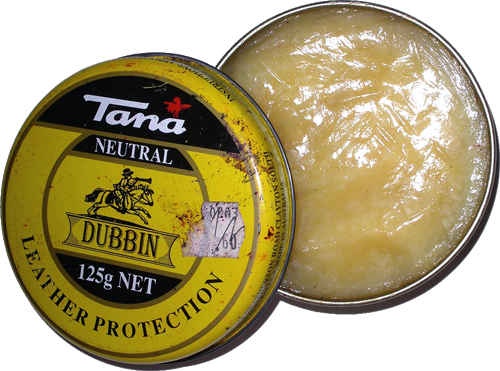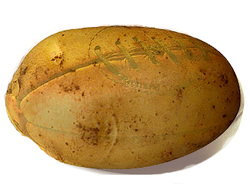There is nothing particularly edifying about dubbin and I suspect in our current era of high performance and branded sporting footwear, it is largely unknown.
In the Sixties however we were still wearing solid, leather football boots crafted to withstand the rigours of the rugby game.
So what is dubbin and how and why did we use it?
The stuff has been around since medieval times and the name 'dubbin' is a contraction of the gerund dubbing, describing the action of applying the wax to leather. It is different of boot and show polish which were used to impart a shine to your sporting footwear. Our boots at NPBHS were checked to ensure that they were clean and shone before we left the House for a game.
Dubbin's primary purpose in life is to protect the life of leather. It is composed of tallow (which coming from Waitara with its freezing works at the centre of town was a product I was all too familiar with), oil and natural wax. The oil used in dubbin was often of the cod-liver variety; the same stuff my English mother used give me on a spoon to ward off winter chills as a child. It probably explains why the smell of dubbin was not that pleasant and I can still remember its off-putting odour in the Pridham locker room.
But use it we did regardless of the 'pong', after cleaning and polishing our boots post-match in preparation for the next encounter on the paddock.
Dubbin still has its uses for horse saddles and harness, but thankfully both replacing metal studs and weather-proofing chunky leather rugby boots are not longer part of a schoolboy's weekly drudgery.


 RSS Feed
RSS Feed
